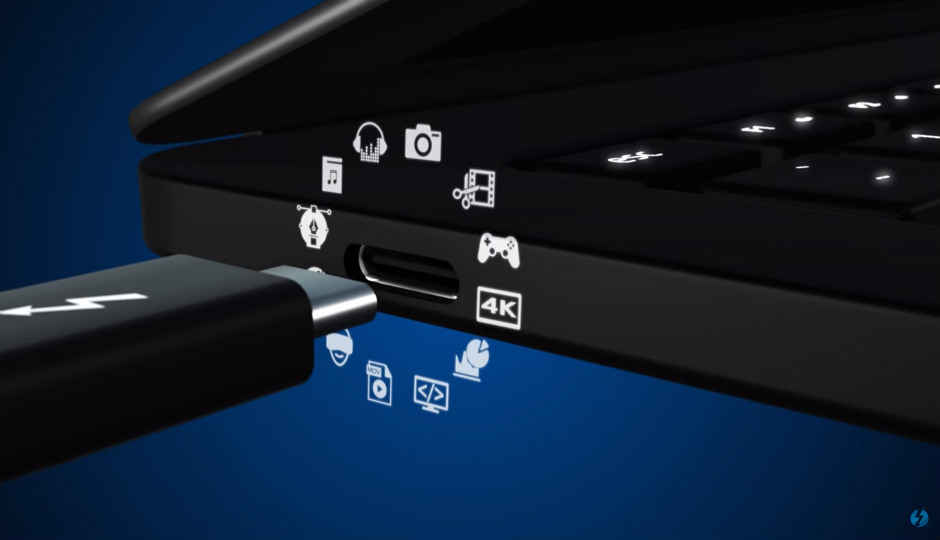

On the other hand, USB hubs are a mere extension of your laptop’s ports.

All you need to do is manage the cable clutter, and you will have a clear work desk. The compact form factor also makes them great alternatives to desktops.

This is especially important if you have a MacBook or a Thunderbolt 3 laptop like the Dell XPS 13. The massive speed lets you hook several peripherals at once and helps you get the most out of your Thunderbolt laptop. With Thunderbolt docks around, you can get around 40Gbps, making it ideal for you if you want high-speed connectivity. Wavlink USB 3.0 Universal Laptop Docking StationĪnother significant difference is the speed. So, if your work involves switching between multiple monitors, docks are what you should invest in. The latter can expand your display into three monitors. The associated power also means docks like the Wavlink USB 3.0 Universal Laptop Docking Station or the Dell USB 3.0 Triple Display Docking Station can run 4K displays at 60Hz. Docks usually come with a heavy power adapter designed for a permanent setup.Īs long as it gets the power from the wall adapter, the laptop dock will do the job of expanding the functionality of your humble laptop. A connected dock drives multiple monitors and powers the connected laptop along with a slew of peripherals. One of the primary differences between laptop docks and USB hubs is the amount of power associated.


 0 kommentar(er)
0 kommentar(er)
